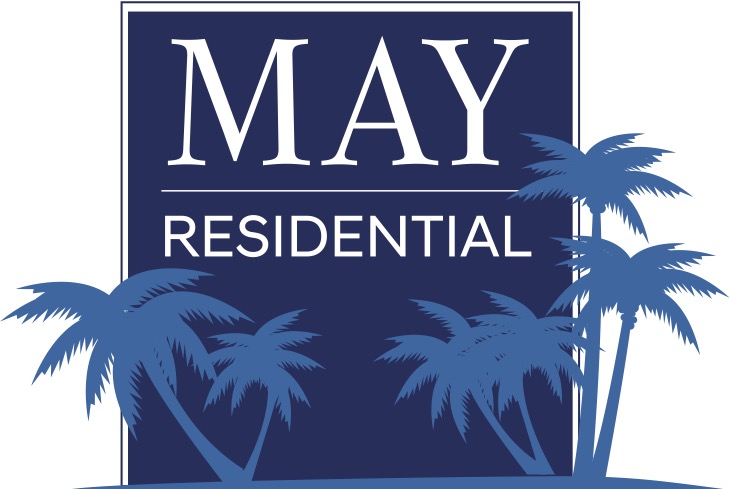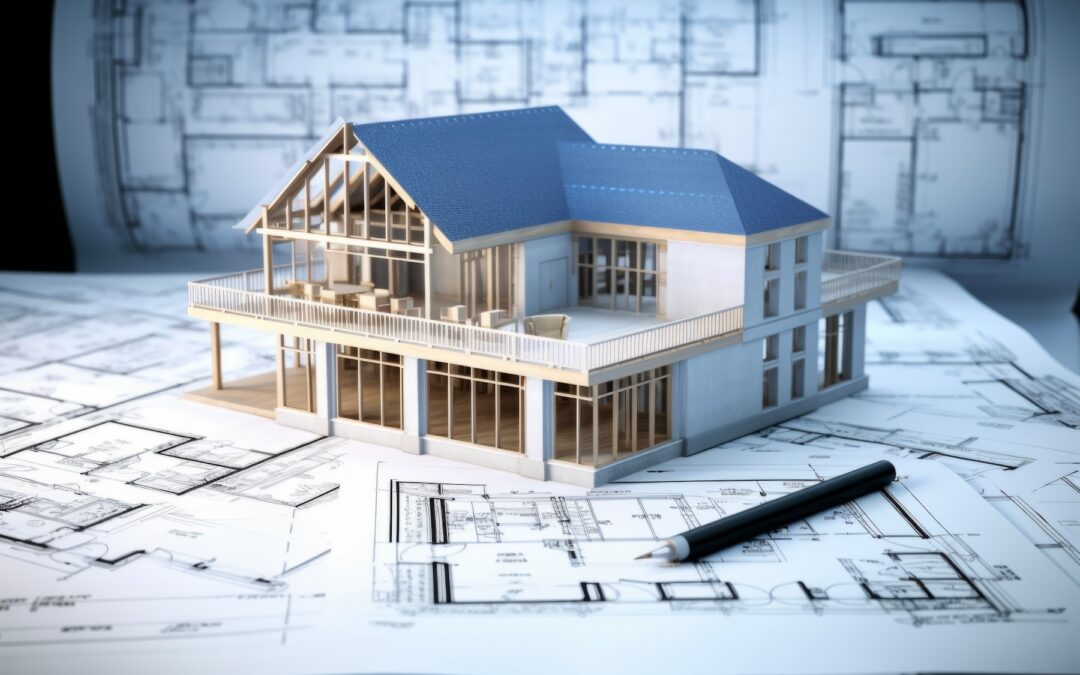Luxury homes have always been more than mere places of residence; they are the ultimate expression of personal achievement and style. Over the decades, the definition of luxury in residential architecture has evolved dramatically, shaped by shifts in technology, culture, and consumer preferences. This journey from past to present reveals much about where luxury home design might head in the future.
In the post-war era of the 1950s and 1960s, luxury was synonymous with space and the first wave of modern conveniences. The economic boom led to larger homes with features that were considered cutting-edge at the time, such as central heating and air conditioning, attached garages, and landscaped gardens. These homes were designed to offer comfort and privacy, laying the groundwork for what would become the hallmarks of luxury.
As we moved into the 1970s and 1980s, luxury homes began to reflect more diverse tastes and lifestyles. This period introduced the concept of custom-built homes with unique architectural designs. Features like vaulted ceilings, skylights, and large, expansive windows became popular, focusing on creating a sense of openness and bringing natural light into homes. During these decades, the kitchen transformed from a purely functional space to the heart of the home, often featuring islands, bar seating, and high-end appliances.
The technological boom of the 1990s and early 2000s ushered in a new era of luxury. Home automation began to take root, with systems controlling lighting, climate, and security becoming standard in high-end homes. Luxury materials such as granite countertops and hardwood floors became more prevalent, and design began to be heavily influenced by environmental sustainability, leading to the integration of eco-friendly materials and energy-efficient technologies.
Today, luxury homes are defined by bespoke customization and smart technology. Modern luxury buyers expect homes to be tailored to their personal lifestyle and preferences. This can include anything from home gyms and theaters to indoor pools and expansive master suites with walk-in closets and spa-like bathrooms. Smart home technology now goes beyond basic automation, integrating with every element of the home for seamless control of the environment, often through smartphone apps.
Moreover, contemporary luxury home design emphasizes sustainability as much as aesthetics. High-end buyers are increasingly environmentally conscious, seeking homes that are both luxurious and responsible. This includes the use of renewable energy sources like solar panels, sustainable building materials, and designs that maximize energy efficiency.
The role of the architect and builder has also evolved in crafting these luxurious spaces. The collaboration between client and creator has become more integral, with builders like May Residential leading the way in personalized luxury construction. Every client interaction, from initial design discussions to the final touches, is tailored to ensure that the finished home is a perfect reflection of the client’s vision and lifestyle.
Looking ahead, the future of luxury home design promises to further blend technology, personalization, and sustainability. As digital and green technologies continue to advance, luxury homes of the future will likely be smarter, more energy-efficient, and more closely connected to the natural environment than ever before.
This evolution reflects broader societal changes but also underscores a simple truth: luxury is not just about adding features; it’s about deepening the connection between personal identity and place. As we continue to push the boundaries of what a home can offer, luxury home design remains at the forefront of innovation, continually reinventing itself to meet the changing needs of the most discerning homeowners.






